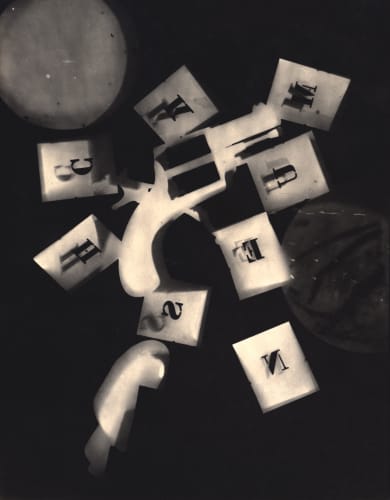In “The Fine Print,” Robert Klein Gallery is proud to exhibit a curated selection of works by “darkroom alchemists” from the gallery’s collection to illustrate the beauty and skill behind creating prints that become masterpieces.
“The pursuit of the perfect print has long been one of the principles behind the value of photography,” says gallerist and long-time photography dealer Robert Klein.
But what makes a print “perfect”? And in an age where most images we encounter are made up of thousands of tiny pixels instead of traditionally crafted darkroom photographs, how does one discern an average print from a spectacular photograph? In “The Fine Print,” Robert Klein Gallery is proud to exhibit a curated selection of works by “darkroom alchemists” from the gallery’s collection to illustrate the beauty and skill behind creating prints that become masterpieces.
The 17 works on view are poignant reminders of the aesthetic advancements that took place in the darkroom—these works encourage viewers to slow down and lean in, each representing a different approach to creating the perfect print.
For a photographer like Jerry Uelsmann, darkroom excellence might be achieved by creating a fantastical image, one that can’t be found in reality. By combining many negatives onto a single sheet of paper in a complicated technical process, Uelsmann paved the way for photoshop. Works like The Philosopher (1976) transport viewers into a surreal office, one in which a cloudy sky replaces the ceiling and a man the size of a pencil hikes up a lecturn.
But for Paul Caponigro, capturing nature in precise and illuminating detail is the goal: “The key is to not let the camera, which depicts nature in so much detail, reveal just what the eye picks up, but what the heart picks up as well,” said Caponigro. Although the human eye cannot focus on multiple things at one time, a camera with the right operator can illuminate every detail in the frame, giving an unbelievable amount of clarity and depth to a photograph.
“In Two Pears (1999), we have an example of virtuosity in the darkroom,” says Klein. “This kind of photography requires such a complete understanding of filters and light and how film responds to different spectrums of light waves. You not only had to understand that as you were taking the picture—you also had to understand how the paper responds in the darkroom.”
Joined by Uelsmann and Caponigro are artists like Man Ray, Yousuf Karsh, Ilse Bing, Ansel Adams, Ruth Bernhard, and more.
